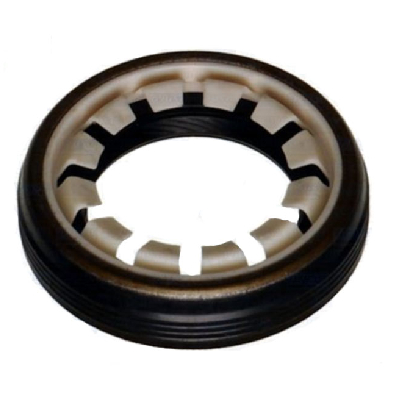distributor oil seal
The Importance of Distributor Oil Seals in Automotive Applications
Distributor oil seals play a crucial role in the performance and reliability of automotive engines. As a vital component of the engine's sealing system, these seals help to prevent oil leaks, ensuring that the engine operates efficiently and maintains optimal lubrication. In this article, we will explore the functions, types, and significance of distributor oil seals, as well as best practices for maintenance and replacement.
Functions of Distributor Oil Seals
The primary function of a distributor oil seal is to create a barrier that prevents engine oil from leaking out of the distribution area. The distributor is responsible for directing the flow of electrical energy to the spark plugs, igniting the air-fuel mixture within the engine's combustion chamber. A well-functioning oil seal keeps the oil contained, ensuring it circulates properly to lubricate various components, including the camshaft and the distributor itself.
In addition to preventing leaks, distributor oil seals also help to keep contaminants, such as dirt and moisture, from entering the lubrication system. This is critically important as any foreign particles can cause degradation of the oil and lead to increased wear on engine components, ultimately resulting in costly repairs and decreased vehicle performance.
Types of Distributor Oil Seals
Distributor oil seals come in various designs to accommodate different vehicles and engine configurations. The most common types include
1. Rubber Oil Seals These are the most widely used due to their excellent flexibility, durability, and cost-effectiveness. Rubber oil seals can withstand a range of temperatures and pressures, making them suitable for most automotive applications.
distributor oil seal

2. Lip Seals These feature a flexible lip that creates a tighter seal around the shaft, reducing the chances of leaks. Lip seals are particularly effective in high-speed applications where minimal friction is essential.
3. PTFE Seals Made from polytetrafluoroethylene, these seals offer superior chemical resistance and can operate effectively under extreme conditions. PTFE seals are often used in high-performance or specialized engines.
Importance of Quality and Maintenance
Investing in high-quality distributor oil seals is paramount. Low-quality seals may be less durable and can fail prematurely, leading to oil leaks and potential engine damage. It is vital to select seals that are specifically designed for the make and model of the vehicle, as compatibility ensures a proper fit and effective sealing.
Regular maintenance and inspections can help extend the life of distributor oil seals. Mechanics recommend checking for signs of wear, such as oil stains or leaks around the distributor area. If any signs of wear are detected, it is essential to replace the seal promptly to avoid further damage to the engine.
Conclusion
In conclusion, distributor oil seals are an essential aspect of an automotive engine's health and performance. They not only prevent oil leaks but also protect the engine from harmful contaminants. Understanding the different types of oil seals and their functions can aid vehicle owners and mechanics in making informed decisions regarding replacement and maintenance. To ensure the longevity of your engine, prioritizing quality oil seals and adhering to routine inspections is key to optimal engine performance. Remember, the small investment in a quality distributor oil seal can save significant costs in repairs and prolong the life of your vehicle.
-
Understanding the Front Main Engine Seal: Purpose, Maintenance, and Installation
News Jul.29,2025
-
Understanding O-Rings and Seal Rings: Types, Applications, and Custom Solutions
News Jul.29,2025
-
Understanding Crankshaft Oil Seals: Rear Seals, Pulley Seals, and Their Role in Engine Integrity
News Jul.29,2025
-
The Importance of Front and Rear Crankshaft Seals in Engine Performance and Oil Management
News Jul.29,2025
-
Crank Oil Seals: Functions, Types, and Cost Considerations in Engine Maintenance
News Jul.29,2025
-
A Comprehensive Guide to O-Rings and Seals: Types, Materials, and Global Applications
News Jul.29,2025
-
Mastering Diesel and Performance Engine Maintenance: A Guide to Critical Oil Gaskets
News Jul.28,2025
Products categories















